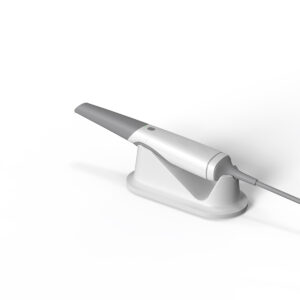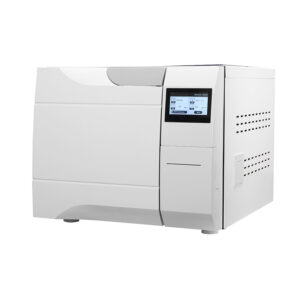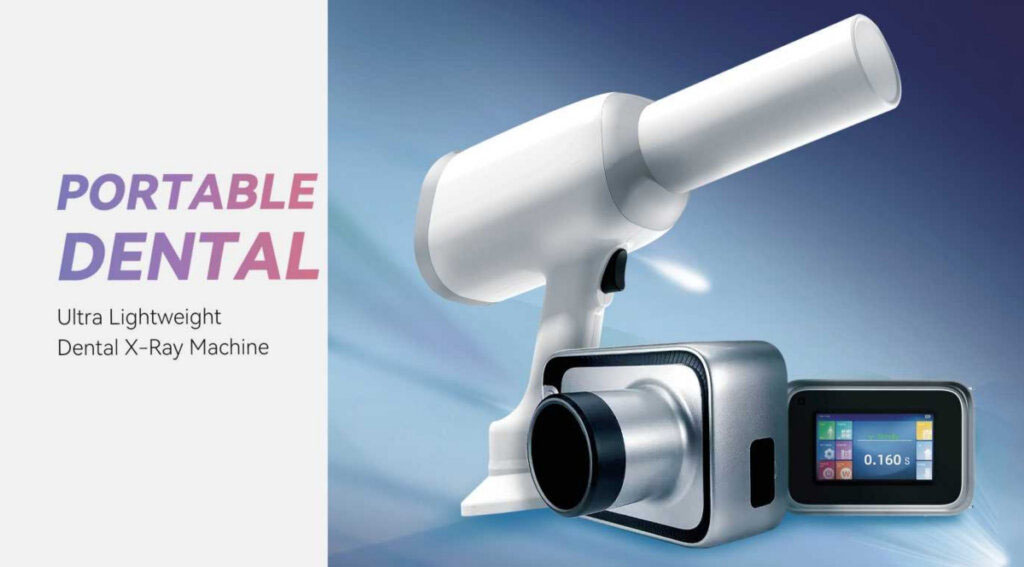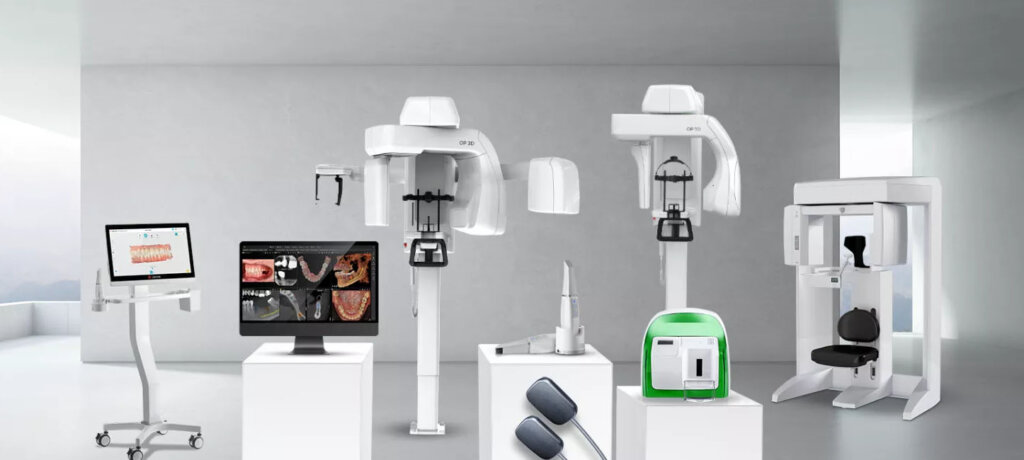Clean and Safe Drinking Water is Essential for Maintaining Good Health.
A distiller helps ensure that the water we consume is free from impurities and contaminants. However, simply owning a distiller is not enough. Without proper cleaning, impurities such as bacteria, germs, and mineral deposits can accumulate over time and affect the quality of the distilled water produced. Therefore, what you need is a clean distiller.
To ensure your distiller continues to operate at its best and produce clean drinking water for many years to come, you must clean it regularly to remove any build-up. These deposits not only hinder the distiller’s performance but also affect the quality of the water it produces.
If you’re unsure how to clean your distiller, keep reading. In this guide, we will cover everything you need to know about cleaning your distiller.
Why is Regular Cleaning of a Distiller Important?
A water distiller is a reliable device designed to purify water by boiling it, collecting the steam, and then condensing it back into liquid form. During each distillation cycle, residues tend to accumulate in the boiling chamber, making regular cleaning necessary. Here are several reasons why you should clean your distiller regularly:
1. Prevent Contaminant Build-up
Over time, bacteria, germs, organic matter, and mineral deposits can accumulate inside the distiller. This build-up of contaminants not only harms the distiller’s performance but could also pollute the clean distilled water produced.
2. Maintain Efficiency and Extend Lifespan
Hardness elements like calcium and magnesium, removed from water during distillation, can form scale in the boiling chamber. If not cleaned regularly, this scale accumulation can reduce the distiller’s efficiency. The build-up of residues may also clog the filters and restrict water flow, hindering the distillation process. Neglecting regular cleaning can shorten the overall lifespan of your distiller.
3. Prevent Fire Hazards
Failure to clean the distiller regularly can lead to thicker build-up of residues, making it harder for the heating element to transfer heat efficiently to the water. This forces the distiller to consume more energy to turn water into steam. In addition, the risk of overheating increases, which could potentially lead to a fire.
4. Ensure Water Quality
Without regular cleaning, impurities and residues can accumulate in the boiling chamber, increasing the risk of contaminating the clean distilled water. The distiller may even start producing water with an unpleasant smell or taste.
In conclusion, regular cleaning of your distiller is essential for ensuring the quality of the water, the efficient functioning of the device, and prolonging its operational life.
Signs Your Distiller Needs Cleaning
When a distiller is used regularly, it’s a good idea to establish a cleaning schedule to ensure proper maintenance without needing to constantly monitor it. However, if you don’t follow a regular cleaning routine, here are some specific signs that indicate your distiller needs cleaning:
1. Cloudy or Discolored Water
Distilled water should be clear and transparent. If your distiller is producing cloudy or discolored water, it’s a sign that impurities have accumulated in the boiling chamber and need to be cleaned out.
2. Unpleasant Smell or Taste
If your distiller produces water with an unpleasant odor, it may indicate the growth of mold or bacteria inside the container, which requires cleaning. Additionally, if the distilled water has a bad taste or smell, it could be a sign of impurities resulting from a lack of regular cleaning.
3. Slower Distillation Process
If the distillation process appears to be noticeably slower, this could be a sign of mineral deposits or impurities clogging the heating element. Similarly, if the water flow is slower than usual, it may be blocked by accumulated contaminants. Cleaning may be the solution if your distiller is no longer performing at its best.
4. Strange Noises or Vibrations
Unusual noises or vibrations during operation may indicate the build-up of scale or debris on the distiller’s components. Ignoring this issue can not only affect the distiller’s performance but also cause damage, leading to costly repairs. Over time, this can shorten the lifespan of the distiller.
Tools and Supplies Needed to Clean a Distiller
To clean your distiller, you will need the following tools and supplies:
1. Distiller Cleaner
To effectively clean the distiller, you will need a distiller cleaner, which is often provided with the unit. For example, with the VEVOR 1.1 Gallon Water Distiller, we provide a bottle of distiller cleaning powder to help remove mineral deposits and other residues.
2. Carbon Filter
A carbon filter is necessary to replace the carbon filter at the water outlet for optimal purification and taste adjustment. At VEVOR, we offer packs of three replaceable carbon filters for distillers.
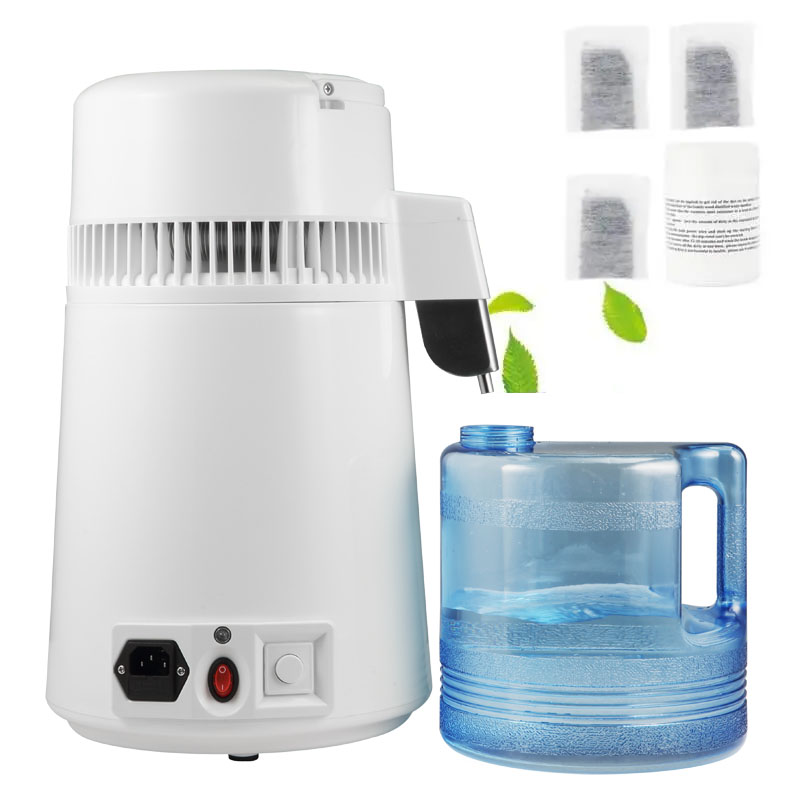
3. Non-Abrasive Sponge
After each cycle, you will need a soft, non-abrasive sponge to clean the boiling chamber. This helps reduce the build-up of scale and contaminants without damaging the surfaces of the distiller.
4. Water
You will also need water to clean the distiller. Water is essential for rinsing the components and for diluting any cleaning agents used during the cleaning process.
These items will help ensure a thorough and safe cleaning process, keeping your distiller in top working condition.
How to Clean a Distiller? Step-by-Step Cleaning Process
Regularly cleaning your distiller will ensure it operates at peak performance, providing you with pure drinking water. Follow these simple steps to effectively clean your distiller.
Clean the Boiling Chamber
Step 1: Prepare the Distiller for Cleaning
Before cleaning the distiller, ensure it is unplugged and completely cooled down. Also, empty any remaining water or residues from the boiling chamber.
Step 2: Fill the Boiling Chamber
Fill the boiling chamber with hot water or regular tap water. If the water isn’t hot, the cleaning process will take longer as it needs to be heated to boiling point.
Step 3: Add 2 Tablespoons of Distiller Cleaner
Add about two tablespoons of distiller cleaner to the water and plug the distiller back in. Remove the condenser fan from the device and turn it on.

Step 4: Let the Water Boil
Allow the water to boil for about 30 minutes, or follow the manufacturer’s recommendation. Once done, turn off the power and let the water cool down.
Step 5: Empty and Wipe the Boiling Chamber
Once the water has cooled, empty the chamber and use a soft, non-abrasive sponge to wipe away any remaining residues. After wiping, rinse the chamber thoroughly with clean water to ensure no cleaning agents or contaminants remain.
Clean the Distiller Lid – Condenser Chamber
Now that the boiling chamber is clean, let’s move on to cleaning the condenser chamber.
Step 1: Remove the Plastic Cover
To start cleaning the condenser chamber, you’ll need to remove the seal, but be sure to remember how it’s reattached. Next, unscrew the three Phillips-head screws, and the plastic lid should come off easily.
Step 2: Remove the Fan
The fan is securely fixed to the spindle, so while you gently and firmly pull the fan off, it may help to have someone else hold the chamber steady.
Step 3: Disassemble and Clean the Condenser Tube
To remove the condenser tube, gently push it out of the hole in the lid and then pull it from the other side where it is inserted.
Step 4: Clean the Fan and Lid
Submerge the fan and the lid in warm, soapy water for a while. After soaking, remove them and scrub them with a sponge.
Step 5: Clean the Condenser Tube
Do not submerge the tube in water or cleaning solution. Instead, place it under a running faucet and gently scrub it with a soft brush or sponge.
Step 6: Reassemble the Distiller
Once all components are cleaned, dry them thoroughly before reassembling them back into place.
Frequently Asked Questions About Cleaning a Water Distiller
1. How often should I clean my distiller?
Generally, you should clean your distiller once a month. However, the frequency largely depends on the hardness and quality of your water as well as how often you use the distiller.
2. Can I use commercial descaling agents for cleaning?
Yes, you can use commercial descaling agents to clean your distiller. However, before using any commercial descaler, refer to the user manual to ensure compatibility with your distiller.
3. What should I do if I notice rust or corrosion?
If you notice rust, it can usually be removed with vinegar. However, what you might think of as rust or corrosion is often just discoloration caused by the formation of chromium copper oxide during the welding process. Don’t worry—it’s actually a protective layer that prevents further rusting and won’t affect the water quality.


